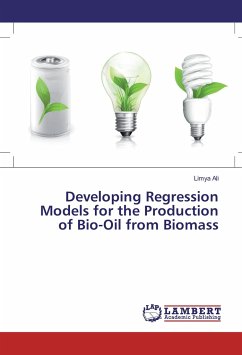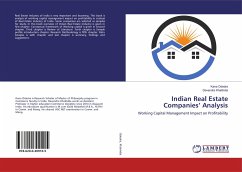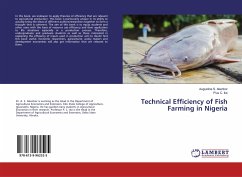India's energy sector is still depended on imports and only 5% of total population using energy currently. IEA estimates that India's economy will grow at higher rate and it will be same as US economy in 2040. The distance from major fossil fuel reach countries to Indian borders are not more than 1000 to 2000 km either by sea or land route. The best possible mode for importing natural gas is trans-national pipelines from Turkmenistan, Myanmar or Iran. Turkmenistan, Afghanistan, Pakistan and India Pipeline - "TAPI Pipeline" is 1735 km long land pipeline travel through these countries. This pipeline will have annual discharge capacity of 33BCM play crucial role in domestic demand - supply. The research objective of this is to analyze different actors in risk, their role in the risks and their possible long term impacts. This risk categorized as security, price, geopolitics, environment, legal, economical, production and demand supply. The study develops some scenarios on the basis of changing circumstances and some pertinent issues with pipeline's technical feasibility.
Bitte wählen Sie Ihr Anliegen aus.
Rechnungen
Retourenschein anfordern
Bestellstatus
Storno








